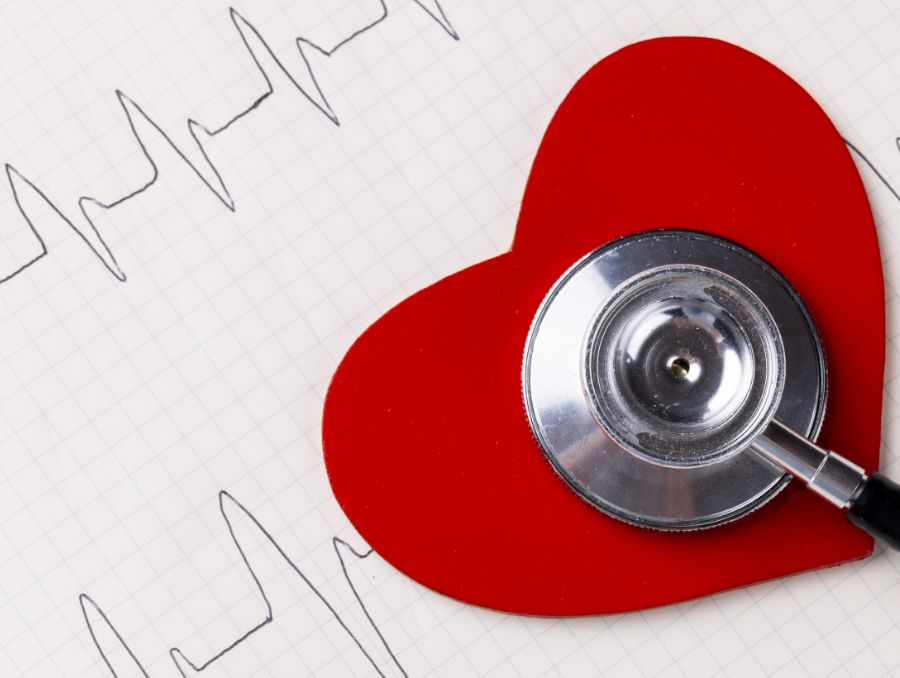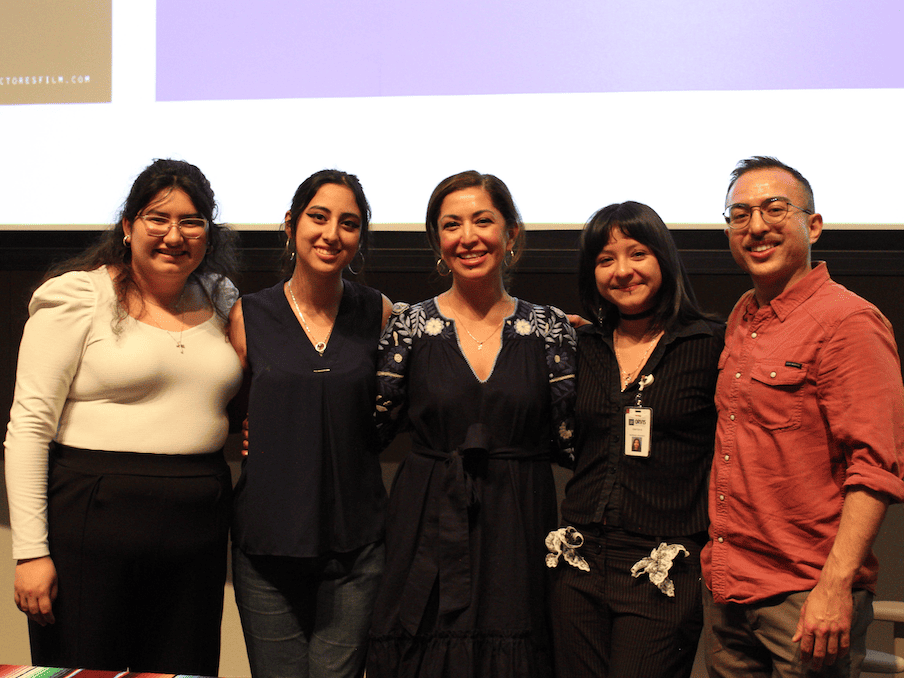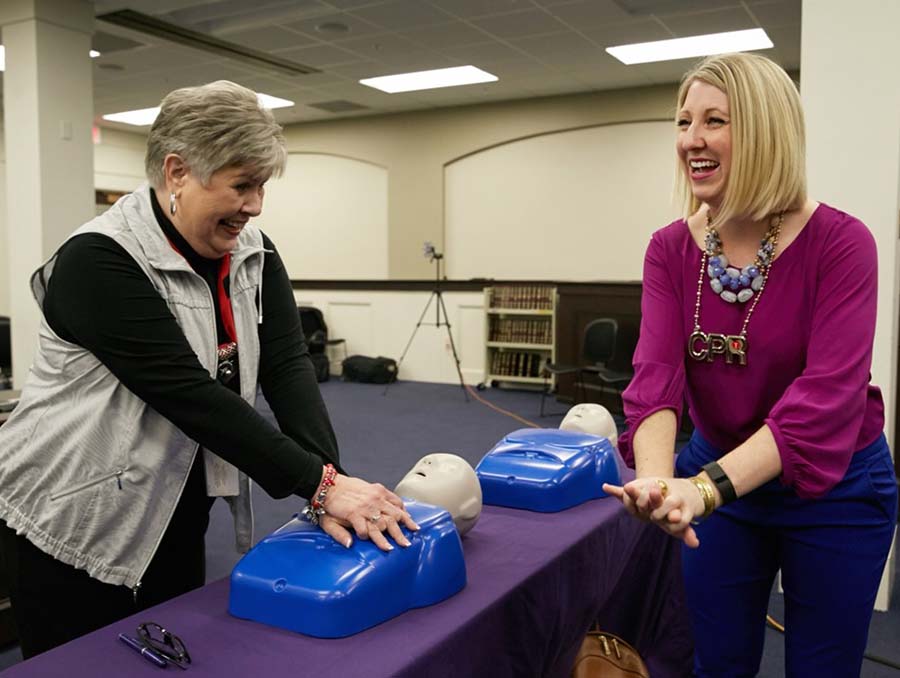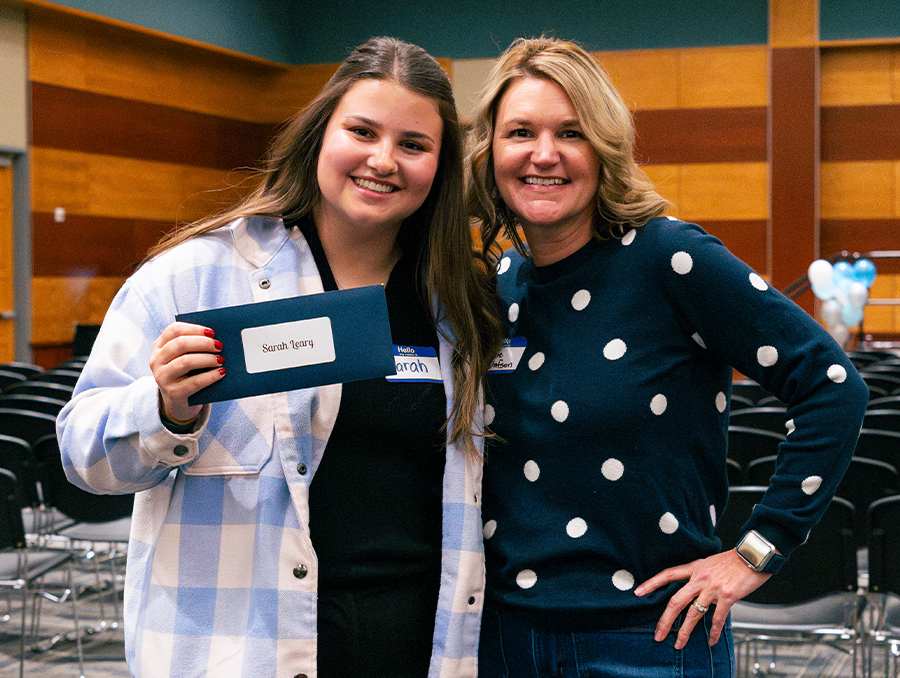February is American Heart Month, a time to think about how you can protect your heart. Do you have heart disease in your family? Is anyone taking medications for high blood pressure or high cholesterol? What about diabetes? According to the American Diabetes Association, having diabetes is a heart-health burden in itself.
While you are young, or young at heart, now is the time to make lifestyle habits that will help protect your heart for a lifetime.
A Wake-Up Call
Several years ago, I had the chance to attend a Go Red for Women's Heart Health luncheon, now called the Wear Red campaign, and I was moved by the 29-year-old keynote speaker as she described her personal wake-up call from one year prior. She was a very fit marathon runner at the time, and one morning, she woke up with mild chest pains, feeling sick to her stomach. She wondered if she was having a heart attack, but quickly dismissed it because her thought was, "I'm a healthy young woman. I couldn't be having a heart attack."
When the chest pain persisted, she did what any smart woman would do: she called her sister (who happened to be a nurse), but she lived 500 miles away! On hearing her symptoms, her nurse sister told her to call 9-1-1 immediately. Sure enough, she was having a heart attack, and as they say, she luckily "survived to tell the tale."
It was a wake-up call, and it can happen to anyone - young, old, men, women, rich, poor and people of all ethnic backgrounds and races.
Now that I have gotten your attention, let's review some other stats and risk factors before we get to the good news. (Spoiler alert: you can protect yourself if you start taking care of your heart, now).
Time to Love Your Heart
Most college students think they are immune to chronic health conditions such as heart disease. The truth is heart disease is happening to younger adults more and more often. This is partly because the risk factors that lead to heart disease, such as high blood pressure, obesity, type 2 diabetes, physical inactivity and poor diets, are occurring at younger ages. A cardiac nurse once told me that there is no such thing as a “sudden heart attack” because people usually have “been working on challenging their heart for years.”
Heart-Disease Risk Factors
- High blood pressure: Millions of Americans of all ages have hypertension or high blood pressure. Having high blood pressure (more than 130/80 mmHg) that is out of control is one of the biggest risks for heart disease and stroke.
- Obesity: More than one in three Americans are considered obese (BMI or body mass index of more than 30). Particularly risky is body fat that accumulates around the abdomen. Carrying extra fat around the belly puts extra stress on the heart.
- Diabetes: Having uncontrolled diabetes is risky because sugar, also known as glucose, builds up in the blood and can damage blood vessels and nerves that help control the heart muscle. More than one in 10 people in the United States have diabetes. A diagnosis of pre-diabetes is like the red blinking light in your car - it tells you it is time to pull over and get something fixed. In this case, take steps to prevent pre-diabetes from developing into diabetes.
- High cholesterol: High blood cholesterol can increase your risk for heart disease. You want your total blood cholesterol to be under 200 mg/dL, your LDL (bad cholesterol) or low-density lipoprotein cholesterol to be less than 100 mg/dL, and your HDL (good cholesterol) or high-density lipoprotein cholesterol to be 40 mg/dL or greater for men and 50 mg/dL or greater for women. Carrying extra body weight, smoking, eating unhealthy foods, including too much saturated fat and sugars, and not getting enough physical activity can all contribute to unhealthy cholesterol levels.
- Smoking: Smoking is a risk factor for heart disease because it damages the blood vessels. More than 35 million U.S. adults are cigarette smokers, and thousands of young people start smoking each day.
- Sedentary lifestyle: Any kind of physical movement is good for you, whether it’s walking to Pack Place or around campus, using the campus Fitness Center, taking the stairs, dancing, swimming, biking, running or strength training. Americans are just not getting enough. Only one in four adults get the recommended 150 minutes of moderate activity each week. Staying physically active helps keep your heart and blood vessels healthy.
- Unhealthy eating patterns: Most Americans consume too much sugar, sodium and saturated fat (often found in overly processed foods, cheese, soft drinks, sweets, desserts and salty snacks) and fall short on nutrients such as dietary fiber and potassium (found in whole grains, beans and legumes and fruits and vegetables). Only about one in 10 adults get enough fruits and veggies in a day.
Two Heart-Healthy Eating Approaches
The DASH Diet, which stands for Dietary Approaches to Stopping Hypertension, along with the Mediterranean Diet are two good lifestyle eating plans. They also top the 2024 expert-reviewed best heart-healthy diets list published on US News and World Report.
To sum up both of these dietary plans, they focus on eating lots of fruits and vegetables, legumes, plant proteins, beans, whole grains, and seeds and nuts. They also include lean proteins, low-fat dairy and healthful fats like olive and avocado oil, and omega 3s from salmon, nuts and seeds, and avocados. They focus on a colorful plate and portion control, too. At Pack Place, fill your plate with vegetables, whole grains and lean meats or plant proteins. Be mindful of serving sizes. Develop healthful eating habits now and you will have a head start on protecting your heart.
References:
- Virani SS, Alonso A, Benjamin EJ, Bittencourt MS, Callaway CW, Carson AP, et al. Heart disease and stroke statistics—2020 update: a report from the American Heart Association external icon. Circulation. 2020;141(9):e139–596.
- CDC, National Center for Health Statistics. National Health Interview Survey, Figure 8.1. Prevalence of current cigarette smoking among adults aged 18 and over: United States, 2006–2018external icon.
- U.S. Department of Health and Human Services. Executive Summary: Physical Activity Guidelines for Americans, 2nd Edition pdf icon[PDF – 434 KB]external icon
- https://www.cdc.gov/heartdisease/any_age.htm
- Whelton PK, Carey RM, Aronow, WS, Casey DE, Collins KJ, Himmelfarb CD, et al. 2017 ACC/AHA/AAPA/ABC/ACPM/AGS/APhA/ASH/ASPC/NMA/PCNA guideline for the prevention, detection, evaluation, and management of high blood pressure in adults: a report of the American College of Cardiology/American Heart Association Task Force on Clinical Practice Guidelines external icon. J Am Coll Cardiol. 2018;71(19):e127–e248.
About Lisa Carlson
Lisa is a registered dietitian nutritionist who takes a personalized approach to nutrition and wellness. She is dedicated to helping students achieve a healthier lifestyle and embrace a positive body image through nutrition, mindful eating and physical activity.
Lisa encourages students to explore and enjoy their wellness journey as much as achieving their goals: learning to eat intuitively, enjoying plant-based foods, and tackling eating concerns. She enjoys helping to guide students on their own personal wellness path.
Lisa has extensive experience in nutrition and wellness counseling with students at several universities around the country. Previously, she counseled students at Northwestern University. She also worked as a food and nutrition editor at Glamour magazine and COOK’s Magazine.
Lisa completed her Bachelor of Science degree in nutrition from Cornell University, her Master of Science degree in nutrition communications from Boston University, and her dietetic internship at Oregon Health Science University in Portland, Oregon.
















